School District 27 in the Central Interior of British Columbia upgraded gymnasium and exterior lighting to LEDs in elementary and secondary school facilities—a change that is expected to save the district $30,000 every year.
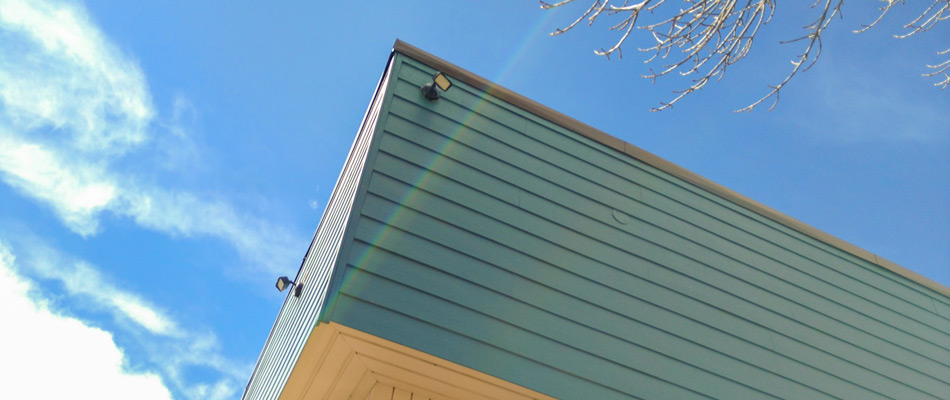

School District 27 in the Central Interior of British Columbia upgraded gymnasium and exterior lighting to LEDs in elementary and secondary school facilities—a change that is expected to save the district $30,000 every year.

Variable frequency drives (VFDs) are one upgrade we regularly implement to improve energy efficiency in schools.
By controlling the electricity going into a motor, VFDs turn any motor into a variable speed motor. This has the biggest benefit for single-speed motors, but VFDs can also save energy for dual or multi-speed motors.

Harold Schock is the energy manager for School District #23 in British Columbia. His district, covering Kelowna and the surrounding area, has 45 schools and over 22,000 students. Common tasks in the workplace can be reason enough to seek innovation. Even the...

Turning off lights is the easiest way to save electricity. K-12 schools in Canada and beyond are taking advantage of this simple strategy to reduce electricity costs, reduce electricity consumption and minimize vandalism.

LED lights are a bright idea! Changing to energy efficient lighting does more than save energy. Quick facts about school lighting.
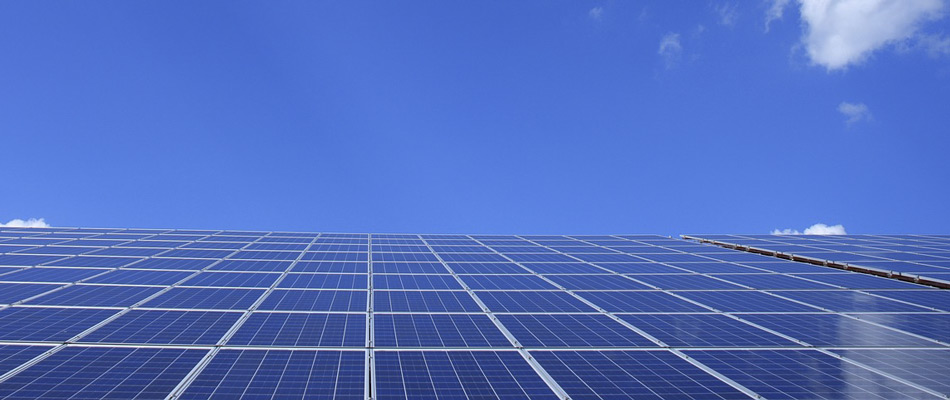
The Sunshine Coast School District is living up to its name. British Columbia School District 46 (Sunshine Coast) is in the process of installing significant amounts of photovoltaic solar on the roofs at three facilities.
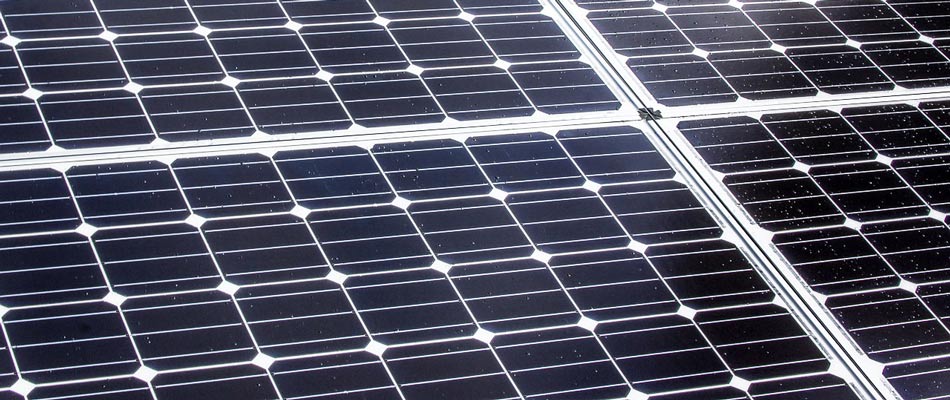
The shimmering solar panels on Elphinstone Secondary in Gibsons, BC offer more than just a source of hot water. They are an example of sustainable infrastructure that students can look at everyday.
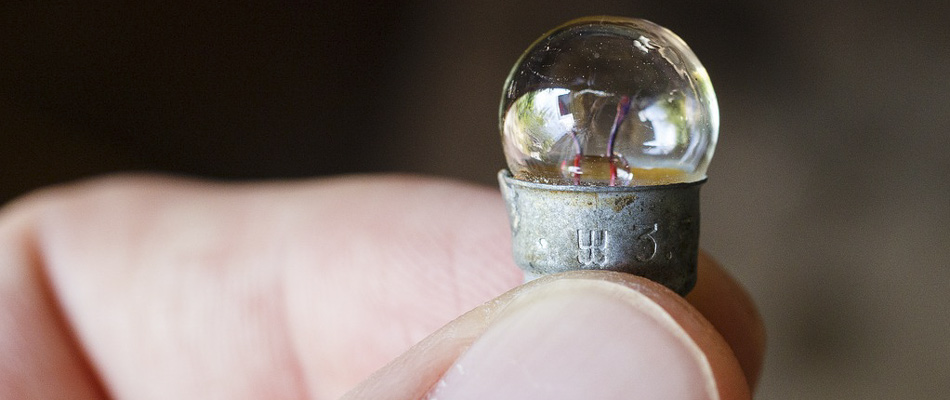
Watts are a vital unit of measurement for electricity consumption and conservation, but they can be difficult to explain a magnitude of watts. Here are some quick explanations to explain electricity energy conservation to colleagues, teachers and students.
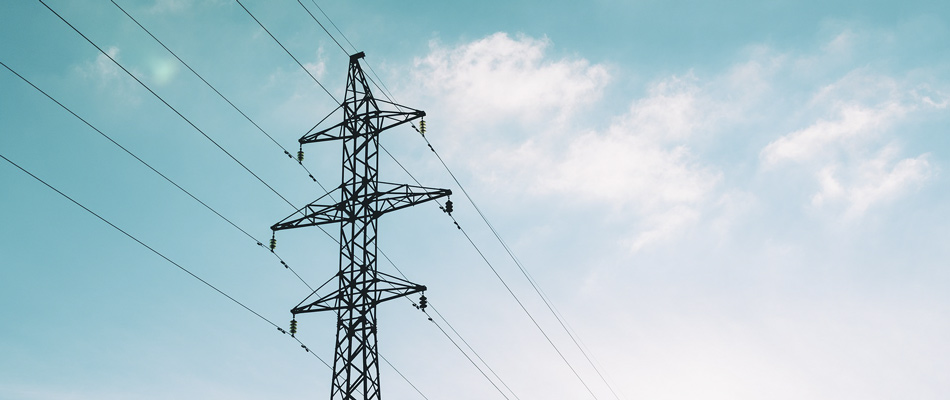
Six years after introducing conservation rates for medium and large businesses, BC Hydro is switching to a flat rate model for electricity consumption. On April 1, 2017, all Medium General Service (MGS) and Large General Service (LGS) customers will charged for energy consumption with a flat rate for energy used and another flat rate for demand usage.
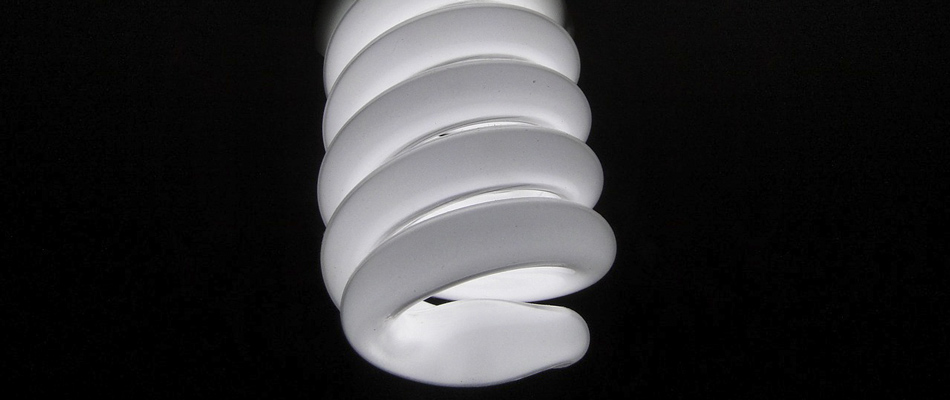
Running a 1 kW device all the times requires around $1,000 of electricity over the course of a year. The potential for energy savings becomes visible when you know how much you are using and where it is being used.
Save energy. Save money.
Get the latest news on energy management in rural schools in Canada.